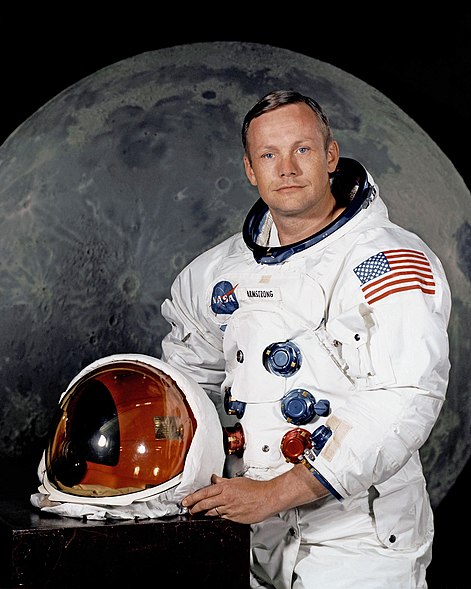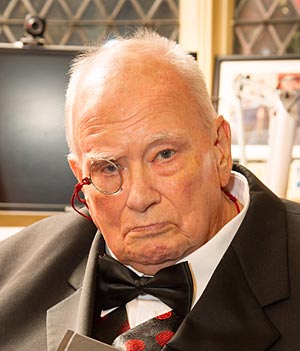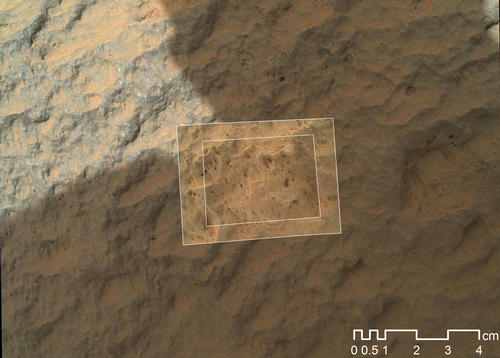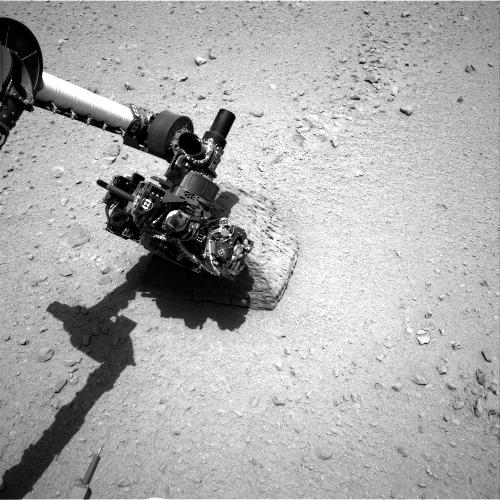From Mars to the Multiverse
Prof Martin Rees, Lord Rees of Ludlow
Institute of Astronomy
Date: Thursday 28 February 2013
Venue: Institute of Physics, 76 Portland Place, London, W1B 1NT
Time: 17.30 (registration from 17.00)

Prof Martin Rees
‘Astronomers have made astonishing progress in probing our cosmic environment. We can trace cosmic history from some mysterious “beginning” nearly 14 billion years ago, and understand in outline the emergence of atoms, galaxies, stars and planets.
But the key parameters of our expanding universe — the expansion rate, the geometry and the content — were established far earlier still, when the physics is still conjectural but can be pinned down by future observations. These advances pose new questions: What does the long-range future hold? Should we be surprised that the physical laws permitted the emergence of complexity? And is physical reality even more extensive than the domain that our telescopes can probe? This illustrated lecture will attempt to address such issues.’
Follow the link below to register.
Link
The Newton Lecture
Note
The original message is from Claire Copeland, Science Support Officer at the Institute of Physics.












